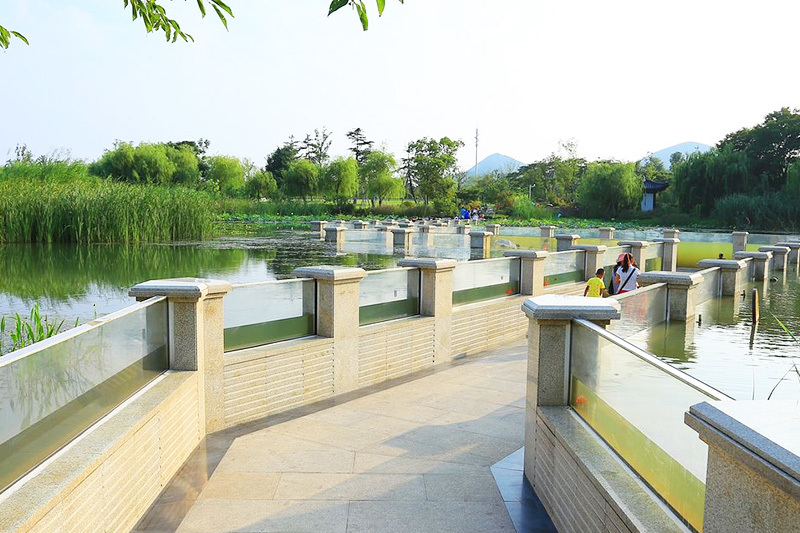
The Benefits of Acrylic Fish Tanks in Aquaculture
Acrylic fish tanks are increasingly becoming a popular choice in aquaculture due to their unique properties that cater to the specific needs of fish farming. Unlike traditional glass tanks, acrylic tanks offer several advantages that can significantly impact the efficiency and effectiveness of aquatic farming operations. One of the primary benefits of acrylic fish tanks is their unmatched clarity.
Release time:
2025-11-18
Acrylic fish tanks are increasingly becoming a popular choice in aquaculture due to their unique properties that cater to the specific needs of fish farming. Unlike traditional glass tanks, acrylic tanks offer several advantages that can significantly impact the efficiency and effectiveness of aquatic farming operations.
One of the primary benefits of acrylic fish tanks is their unmatched clarity. Acrylic, known for its optical clarity, provides a better viewing experience for both farmers and customers. This transparency allows for easy monitoring of fish health and behavior, which is crucial for maintaining optimal conditions in aquaculture. Farmers can quickly identify any signs of stress or disease, facilitating timely interventions that can save stocks and improve yield.
Durability is another significant advantage of acrylic fish tanks. These tanks are much lighter and less prone to breakage compared to glass ones, making them easier to handle and install. This sturdiness results in lower maintenance costs and reduces the risk of losing valuable fish due to tank damage. Moreover, acrylic’s resistance to UV light and various chemicals ensures longevity and consistency in performance, making it a smart investment for aquaculture operations.
Insulation properties of acrylic tanks also play a vital role in maintaining stable water temperatures. Fish thrive in environments that mimic their natural habitat, and sudden temperature fluctuations can lead to stress and mortality. Acrylic provides better thermal insulation than glass, helping to maintain a more constant water temperature, which can enhance fish growth rates and survival.
In addition to these benefits, acrylic fish tanks are versatile and customizable. They can be manufactured in various shapes and sizes to meet specific requirements of different aquaculture systems. Whether for freshwater or saltwater environments, acrylic tanks can be tailored to accommodate various species, promoting biodiversity and sustainability in fish farming.
Furthermore, the ease of cleaning and maintenance associated with acrylic tanks cannot be overlooked. Their smooth surfaces reduce the buildup of algae and other unwanted materials, making routine cleaning simpler and more efficient. This ease of maintenance translates to more time spent on monitoring fish health and less time on tank upkeep.
In conclusion, acrylic fish tanks offer numerous advantages for aquaculture, including clarity, durability, insulation, versatility, and ease of maintenance. These features contribute to healthier fish populations and more efficient farming practices. As the aquaculture industry continues to grow, investing in high-quality acrylic tanks could be a pivotal decision for maximizing productivity and sustainability.
One of the primary benefits of acrylic fish tanks is their unmatched clarity. Acrylic, known for its optical clarity, provides a better viewing experience for both farmers and customers. This transparency allows for easy monitoring of fish health and behavior, which is crucial for maintaining optimal conditions in aquaculture. Farmers can quickly identify any signs of stress or disease, facilitating timely interventions that can save stocks and improve yield.
Durability is another significant advantage of acrylic fish tanks. These tanks are much lighter and less prone to breakage compared to glass ones, making them easier to handle and install. This sturdiness results in lower maintenance costs and reduces the risk of losing valuable fish due to tank damage. Moreover, acrylic’s resistance to UV light and various chemicals ensures longevity and consistency in performance, making it a smart investment for aquaculture operations.
Insulation properties of acrylic tanks also play a vital role in maintaining stable water temperatures. Fish thrive in environments that mimic their natural habitat, and sudden temperature fluctuations can lead to stress and mortality. Acrylic provides better thermal insulation than glass, helping to maintain a more constant water temperature, which can enhance fish growth rates and survival.
In addition to these benefits, acrylic fish tanks are versatile and customizable. They can be manufactured in various shapes and sizes to meet specific requirements of different aquaculture systems. Whether for freshwater or saltwater environments, acrylic tanks can be tailored to accommodate various species, promoting biodiversity and sustainability in fish farming.
Furthermore, the ease of cleaning and maintenance associated with acrylic tanks cannot be overlooked. Their smooth surfaces reduce the buildup of algae and other unwanted materials, making routine cleaning simpler and more efficient. This ease of maintenance translates to more time spent on monitoring fish health and less time on tank upkeep.
In conclusion, acrylic fish tanks offer numerous advantages for aquaculture, including clarity, durability, insulation, versatility, and ease of maintenance. These features contribute to healthier fish populations and more efficient farming practices. As the aquaculture industry continues to grow, investing in high-quality acrylic tanks could be a pivotal decision for maximizing productivity and sustainability.
Acrylic fish tank
Previous Page
Previous Page
Latest information





